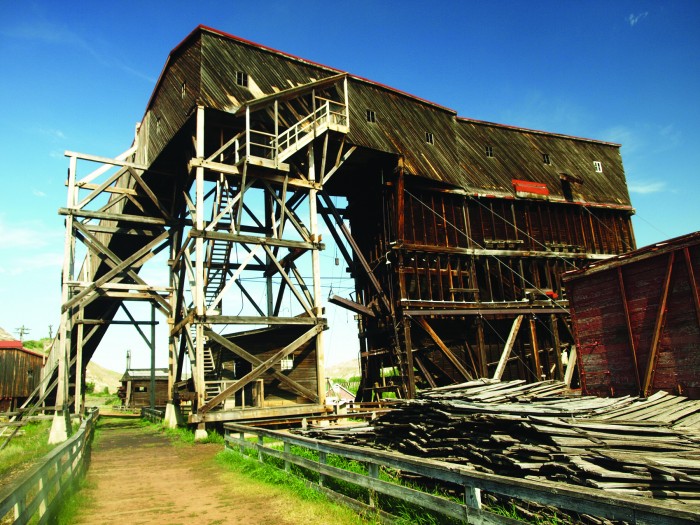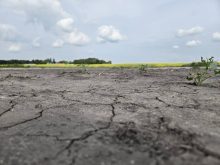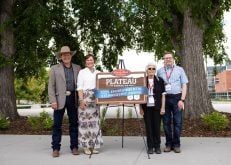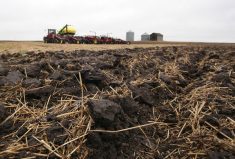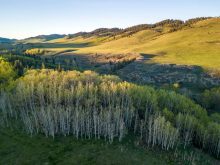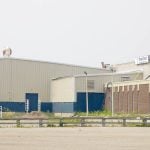Jay Russell never forgot his first visit to the Atlas Coal Mine, the mining massive operation in central Alberta’s famed Badlands.
It was 1976, and the youngster was a passenger in an old Apache truck. As Russell arrived in East Coulee, he heard the industrial rumble and then caught sight of its wooden tipple — the last one ever built in Canada — that processed the coal. After the truck was weighed, loaded and then weighed again, he left the site with a notion that maybe someday he would be part of this mine, that it was somehow important not only to him but for thousands of others. Although coal is no longer the resource king of Canada as it once was, it still had the respect from most every citizen in the Drumheller Valley.
Read Also
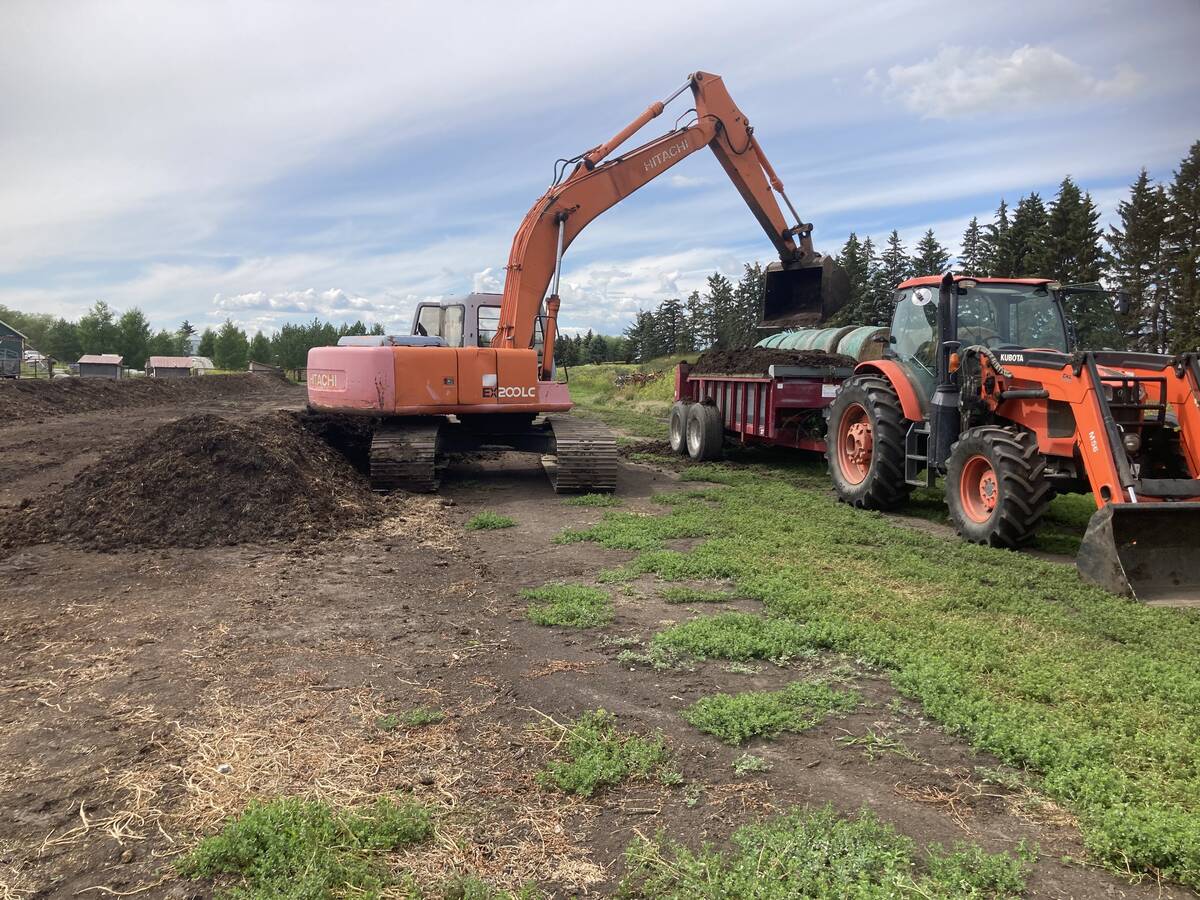
Digestate can now be stored and applied as an organic fertilizer
Amendments to Alberta’s Agricultural Operation Practices Act (AOPA) now permit digestate and “select organic material” from non-agricultural businesses to be stored or composted in manure storage facilities before being applied to land.
It’s been more than 37 years since the mine, which first opened in nearby Newcastle in 1917, suspended operations — the last of the 139 mines that once dotted the Badlands’ landscape. But Russell, who since 2009 has been program director of the Atlas Coal Mine National Historic Site, is ensuring its legacy is not lost.
“It certainly has become a real tourist attraction. It has an important story to tell,” said Russell. “This mine, like all the others in Drumheller Valley and many others in Western Canada, built the country.”
When the Atlas Mine closed, it was slated to be demolished. But the local Dinosaur Valley Heritage Society successfully kept the wrecking ball at bay, and a small museum was established through a non-profit society. In its early years, the museum drew about 8,000 visitors a year. but that’s since risen to 35,000 annually. It offers tours and even a short train ride through the mine site, and Russell is an enthusiastic guide.
“Its popularity is an upward trend,” he said. “There has been a multitude of reasons, a perfect storm of a number of things helping us out and gaining that popularity. There have been a few television shows now that have been filmed here, including “Amazing Race Canada” last May; “Extreme Frontiers: Canada in 2012”; a couple paranormal investigation shows; music videos; and going further back, we were the locations for a couple of movies. We are a very visually interesting site. We have two dozen buildings, 10,000 artifacts, and tens of thousands of digital images.”
The last four years have seen an ambitious $1.5-million upgrade for the visitor experience. The mine opened up a 210-foot conveyor tunnel for visitors that once moved coal from above to the tipple. As well, a 40-foot tunnel has been blasted through the once-sealed No. 3 mine entry above the mine site. The site now offers an unparalleled visitor experience, said Russell.
“We have been trying to expand what we offer tourists. We are a coal mine, the most complete coal mine in Canada,” he said.
Future plans include lengthening the tunnel through No. 3 mine entry and constructing an interpretive visitor’s centre.
“It would not be similar to the Frank Slide Interpretive Centre or the Tyrell Museum. Folks can come year round,” said Russell.
The organization also led the recent $125,000 fundraising drive to erect a black granite Miner’s Memorial in downtown Drumheller with the names of 207 miners who died during the days of underground operations.
“I think it is neat that finally the time has come where we are recognizing some of this heritage we have right in our backyard,” Russell said.
For more information visit the Atlas Coal Mine website.

